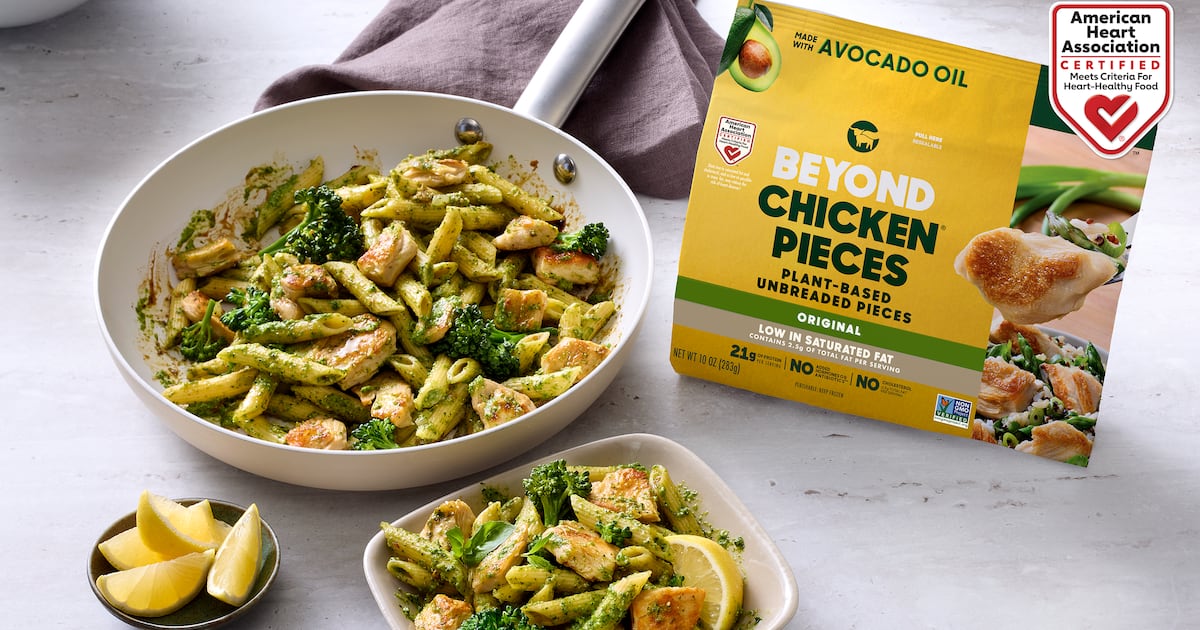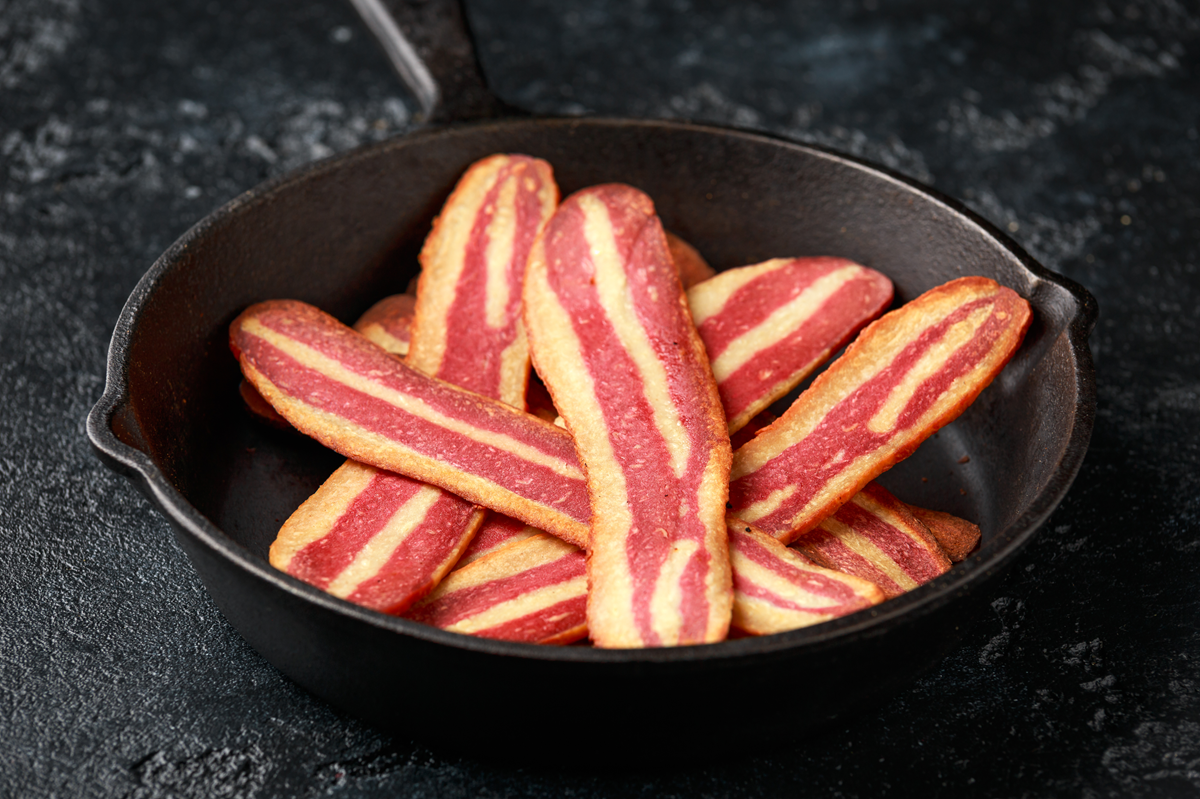The prominence of plant-based protein diet is one of the upcoming trends in food consumption at the front-line giving way to development of plant-based meat substitutes and dominating the needs for malnutrition (Curtain & Grafenauer, 2019). In addition to that, it is more sustainable and eco-friendly food system. Meat is one of the major high quality protein sources due its nutritional properties and astonishing organoleptic properties such as flavor, texture and aroma (Ajwalia, 2020). To mimic real meat, the high quality and desired high moisture meat analogues were produced using variety of plant rich in protein sources includes soy, pea and legumes (van der Weele et al., 2019). By modifying the plant protein structures using fibre forming texturizing techniques (Wild et al., 2014) as well as other ingredients such as wheat gluten, flavorings, colour, some flours and vitamins that enhances the nutritional and organoleptic profiles (Bohrer, 2019).
The faba bean boasts significant nutritional value as a pulse and holds competitive advantages over soy due to its non-GMO status and exemption from regulated allergen status (Calabro et al., 2014). It contains double the protein content than legumes with globulins of 60 %, glutelin as 15 % and prolamins as 8 % (Rahate et al., 2020). When compared with other beans, the fava bean flour was rich in protein of 29.76 % (Gu et al., 2020). In addition to that it contains different types of nutraceutical compounds such as phenolics and flavonoid which exhibits the antioxidant activity mentioned in Karatas et al., 2017. The functionality of fava bean ingredients alike to those of soy bean which includes water and oil grasping capacity, foam consistency, whip-ability and gelation. Hence, they have the potential to serve as a valuable origin of plant-based protein wide in food application. (Cai et al., 2002). To replicate the fibrous characteristics and texture from plant proteins that resembles the meat can be fulfilled using distinct types of current techniques involves extrusion technology, shear cell technology, electrospinning and 3d-bioprinting techniques. (Ajwalia, 2020Wild et al., 2014).
However, here we used layering technique, it is one of the novel techniques to develop meat alternatives such as plant based whole cut chicken meat. By employing this technique, it is possible to develop plant-based protein products that nearly resembles the textural, colour, nutritional and sensory profile of traditional meat, it is a promising avenue for development of meat analogue or alternatives that cater to the growing demand for plant-based and sustainable food choices.
Plant protein ingredients, for instance protein concentrates or isolates were used to produce meat analogues (Kyriakopoulou et al., 2021). As far as our understanding, many studies were conducted using fava bean protein isolate and fava bean protein concentrate as a key ingredient to produce meat alternatives, only finite number of studies have investigated the usage of fava bean flour as a primary ingredient to develop a plant-based meat using novel technique. This plant related protein is one of the likely-looking aspects to provide the large population with highly vegan nutrition foods that promotes the healthy life. Additionally, it requires less land, water and reducing the demand for livestock farming it contribute to bio diversity preservation.
Acknowledging the promising potential of fava bean as a protein source, the motive of this study is to produce a meat-substitutes using an innovative layering technique. This involves enhancing texturization and structural development of meat alternatives by incorporating fava bean flour alongside other ingredients. The primary focus is to comprehensively evaluate the produced meat analogue through assessment of various parameters including physiochemical factors, nutritional composition, textural profile, colour enhancement, fatty acid profile, amino acid profile, vitamin B12 fortification and analysis, functional compounds using FTIR characterization, morphological studies via SEM analysis, sensory evaluation, and employing vacuum packaging for further shelf life studies for both raw and cooked samples. These aspects will be compared with those of conventional chicken breast meat to provide a comprehensive understanding of the potential of fava bean-based meat analogues as viable alternatives.



